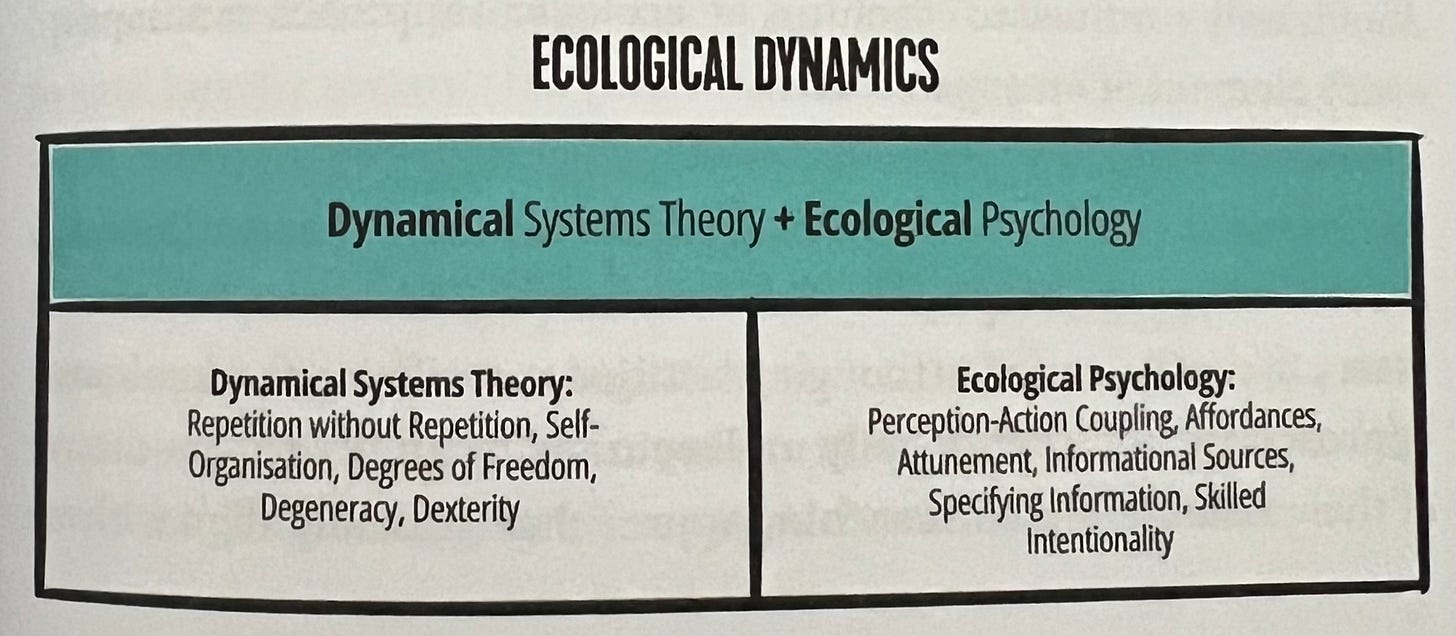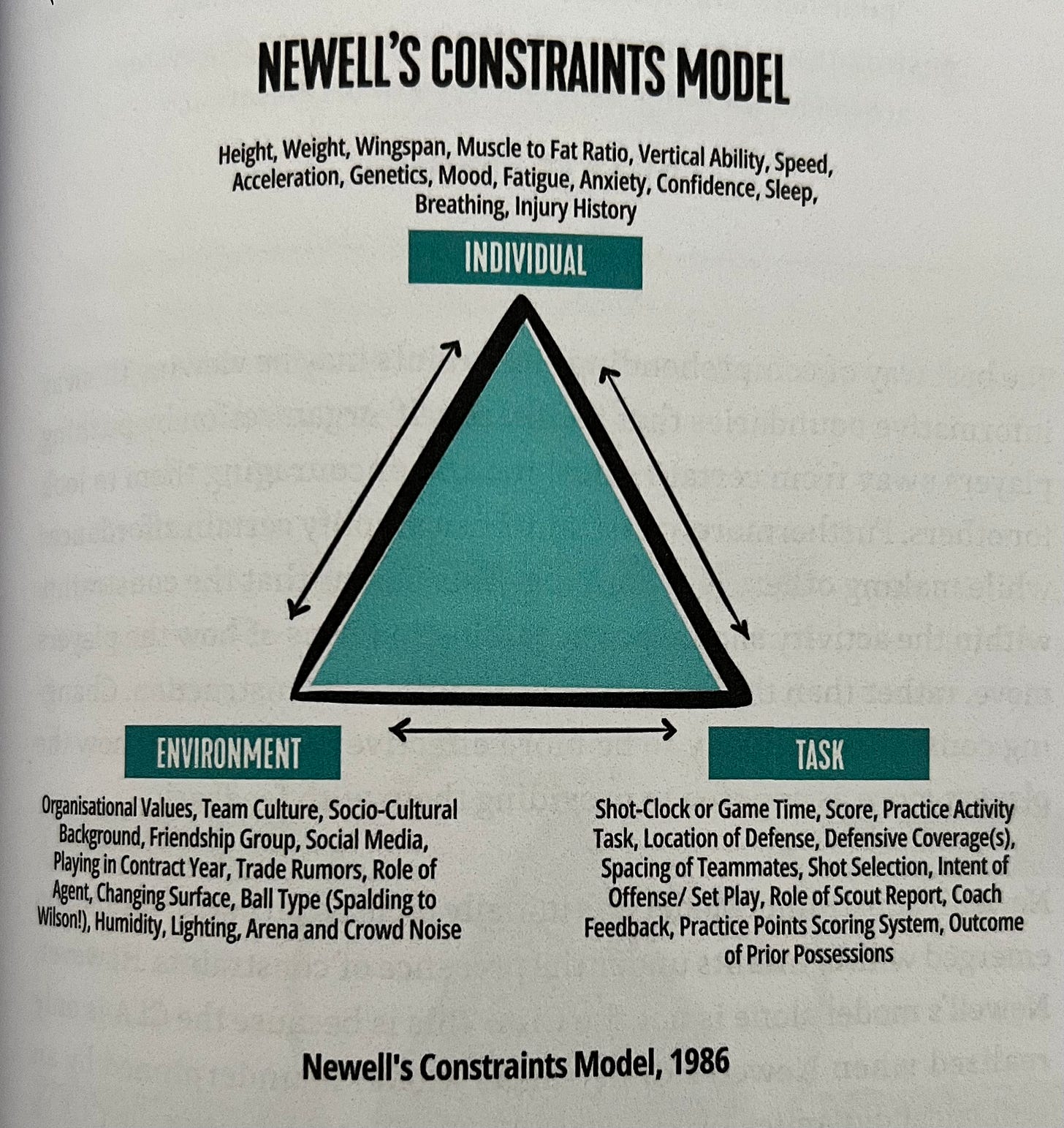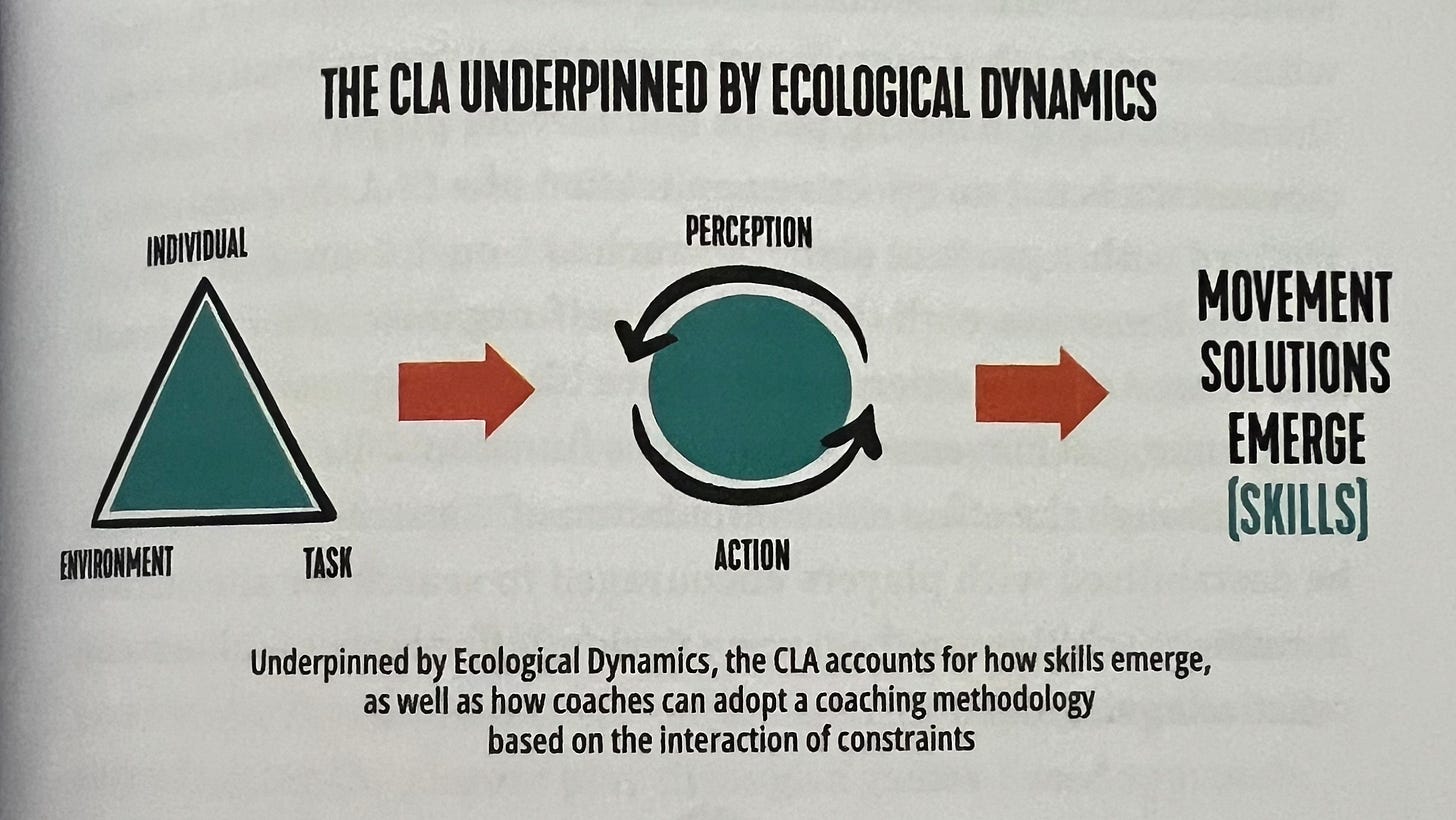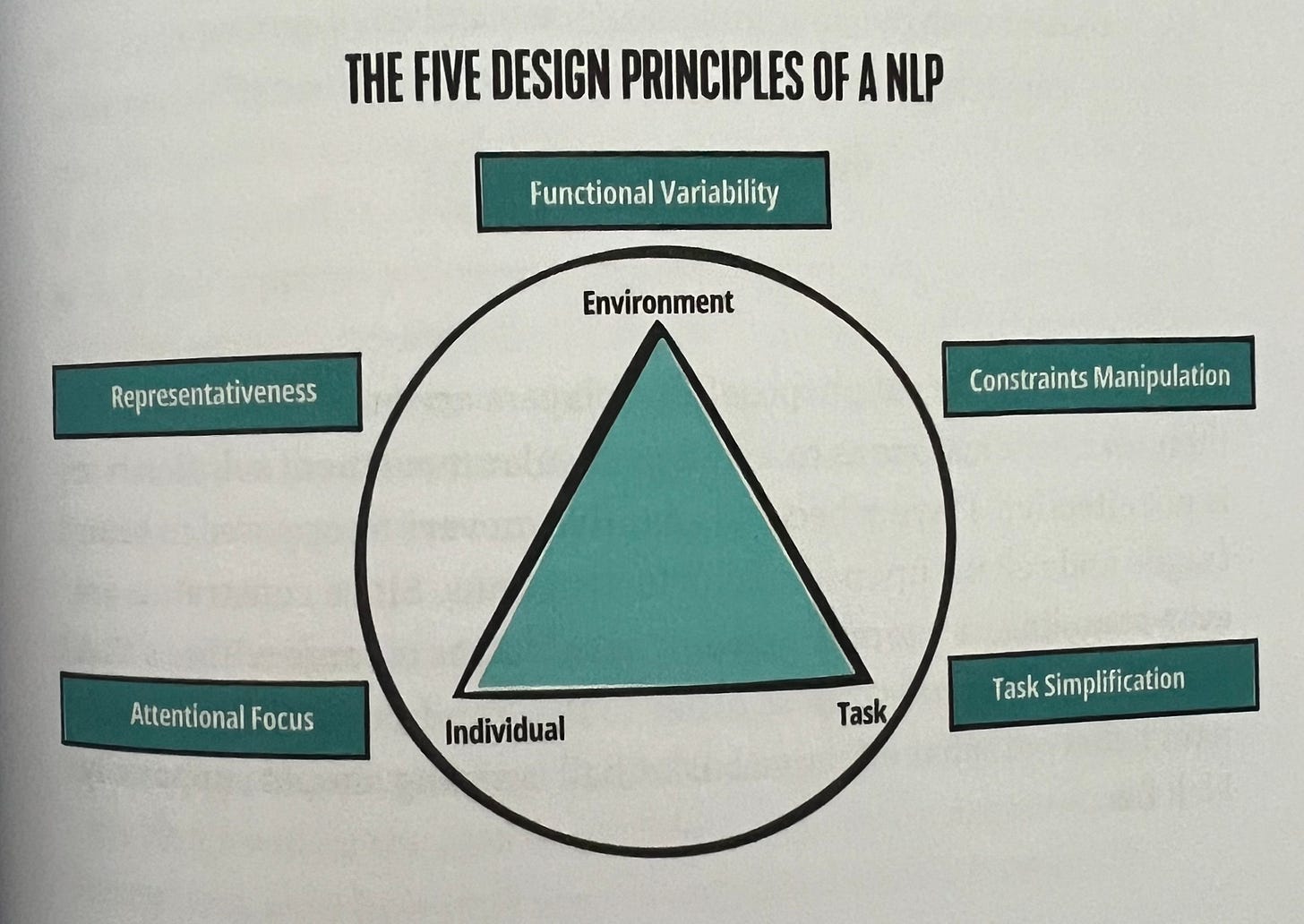Ecological Dynamics: An Introduction
What is Ecological dynamics? What is the Constraints-Led approach? How can we use a non-linear pedagogy in our coaching environments?
In the world of sports coaching and skill acquisition, Ecological Dynamics has emerged as a powerful framework for understanding how athletes learn, adapt, and perform. It shifts the focus away from traditional, rigid training methods and instead emphasizes the dynamic interactions between athletes, their environments, and the constraints they face.
What is Ecological Dynamics?
Theory to make sense of human movement and how humans interact with their environment
Dynamical systems theory (the body) + ecological psychology (environment)
Ecological Dynamics is a theoretical framework that explains how movement and decision-making emerge in sports as a result of the continuous interaction between an athlete and their surroundings. It is grounded in two key concepts:
The Constraints-Led Approach (CLA): Athletes develop skills through constraints—task, environmental, and individual—that shape their behavior in game-like scenarios.
Self-Organization: Instead of following pre-programmed movements, athletes adapt and find solutions based on available information, leading to emergent behaviors rather than dictated actions.
This perspective challenges traditional coaching methods that rely heavily on isolated drills and repetition without context. Instead, it advocates for representative learning environments where athletes experience realistic conditions to develop skills effectively.
The Role of the Coach in Practice
The role of the coach in practice is to create affordances. An affordance is, simply put, an opportunity for action. We can manipulate the constraints using Newell’s constraints model to create attractive affordances for players to act on.
We manipulate the constraints and see how the players perceive and act on the new affordances to observe movement solutions or skills emerge.
Are we manipulating constraints well enough so that players are 1. seeing the affordance available and 2. able to act on them?
Implementing Ecological Dynamics in Training
To help you with further create practice environments that reflect what players will see in game see: The five key design principles of Nonlinear Pedagogy (NLP). By following the NLP we will be using the CLA.
Representative Learning Design (Representativeness): Make practice as game-like as possible to improve learning transfer. Does it have an affordance they will see in a game?
Manipulation of Constraints (Constraints manipulation): Adjust constraints to shape player behavior without prescribing solutions. Manipulate constraints for a reason.
Encouraging Exploratory Behavior (Functional variability): Promote creativity by letting players discover movement solutions on their own. Ie. repetition without repetition.
Attentional Focus on External Goals (Attentional focus): Focus players’ attention on outcomes, not mechanics, to enhance decision-making. External vs internal feedback. ie. shoot the ball higher instead of bend your knees.
Individualized Learning (Task simplification): Adapt tasks to meet each player’s unique needs and pace of development. If they are struggling, we make the task easier.
What Ecological Dynamics Is NOT
Not About Rigid Techniques – Unlike traditional models that promote one-size-fits-all technical perfection, ecological dynamics recognizes that different movement solutions can be equally effective depending on the individual and situation.
Not a Free-For-All Approach – While it values exploration and adaptability, ecological dynamics does not suggest that athletes should just figure things out randomly. Coaches guide the process by manipulating constraints to encourage learning.
Conclusion
Ecological dynamics offers a more holistic and adaptable way of understanding skill acquisition in basketball and other sports. Coaches who embrace this approach can help athletes develop the ability to perceive, react, and excel in dynamic environments—just like the game itself demands.
If you would like to learn more about Ecological Dynamics and the CLA in basketball check out the Transforming Basketball book and website.





